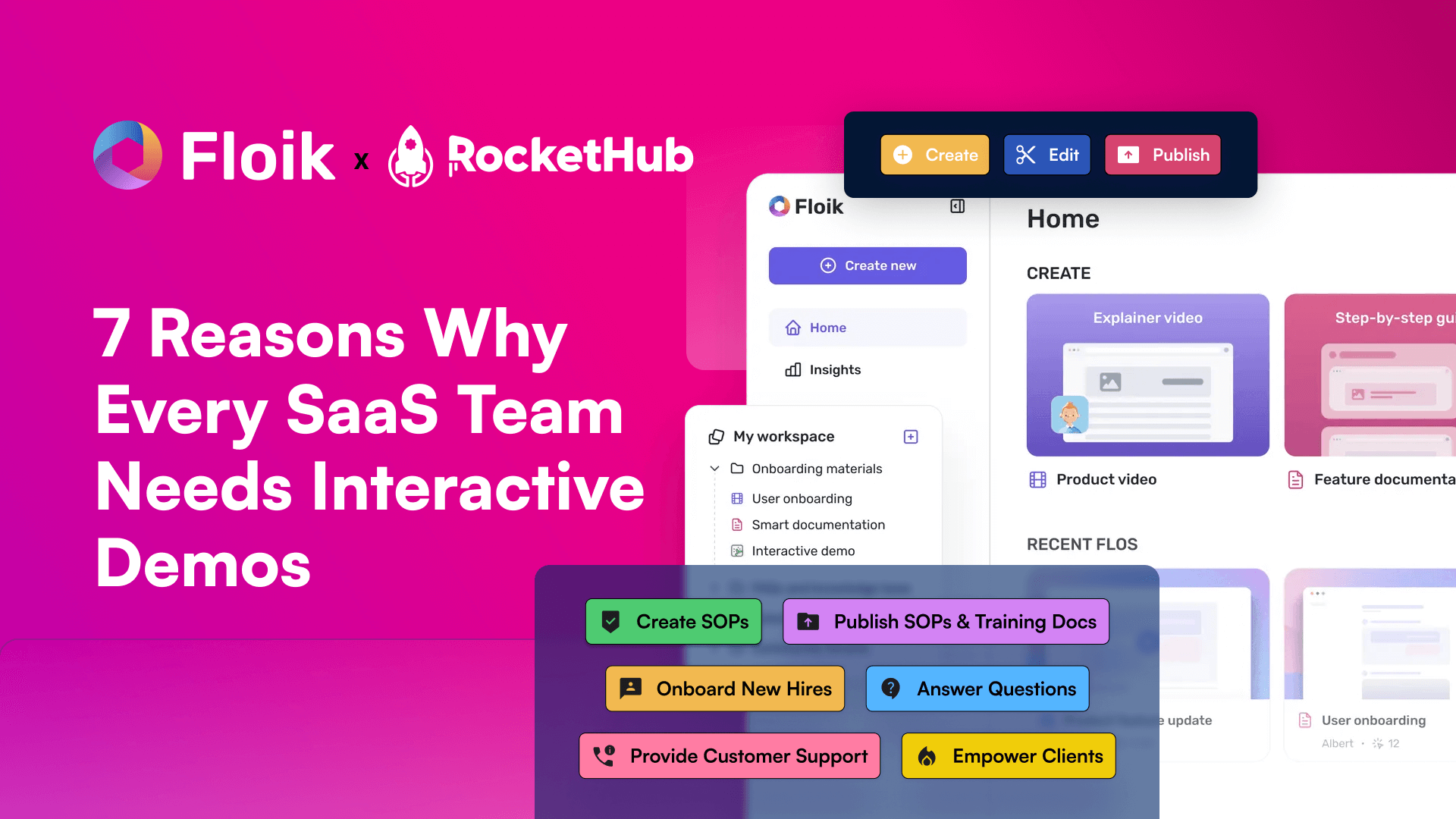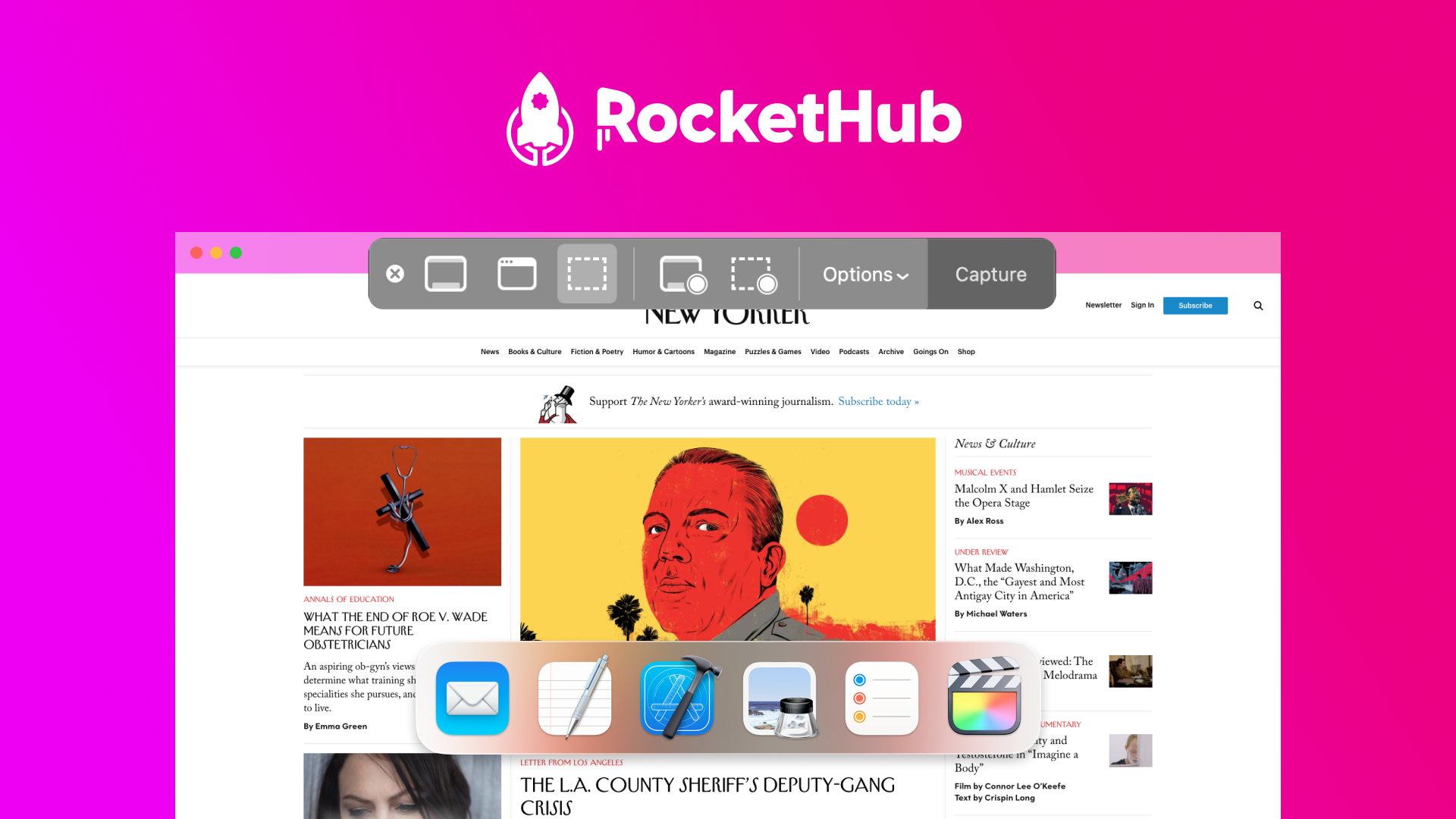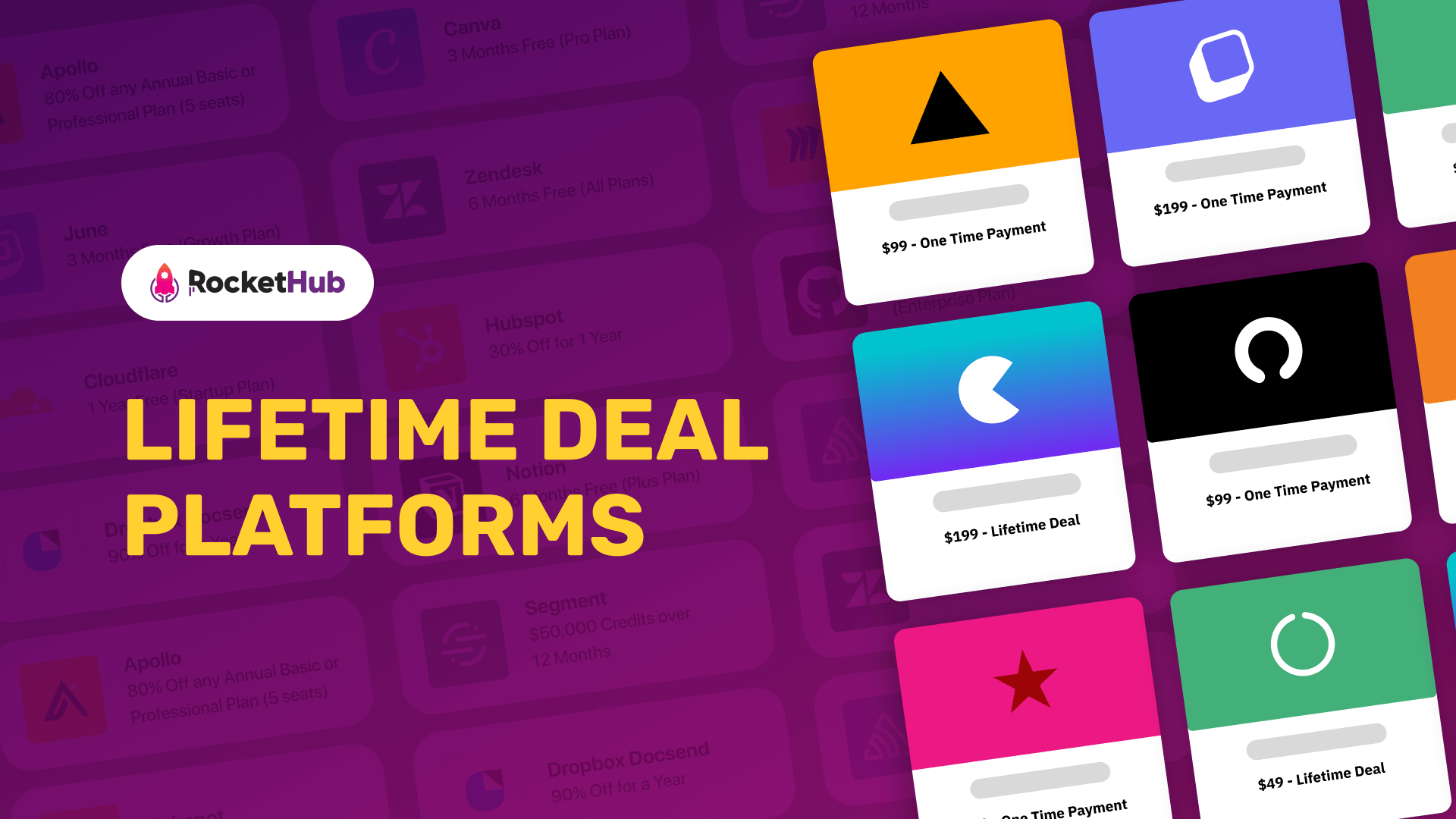
What is an MVP And Why Does Your SaaS Startup Need One?
- RocketHub Team
- November 9, 2021

Be it a first-time entrepreneur or someone with an impressive portfolio in SaaS. Building an MVP for creating digital startups is an absolute necessity to thrive in the industry. Why? This is because it focuses mainly on the target users, the prime element for the product’s success. Building a Minimum Viable Product (MVP) gives a better edge over the competitors by validating your product in the market, resulting in greater chances of success in the industry.
However, building an MVP is never the easiest, especially when you do not know the complete process to its core. Hence, today, let’s dive deep into MVP for SaaS. We will cover all the steps required to develop an MVP for Saas and understand how it helps validate your idea in the market. Let’s get started.
What is an MVP?
The full form of MVP is Minimum Viable Product, which is an approach that helps developers understand whether the products’ basic functionalities, usability, and visuals match the customer’s needs and demand. In simpler terms, it simply analyzes the response of the target customers to the product’s value proposition. This step of testing and gaining initial feedback while measuring user satisfaction helps to predict whether the idea would succeed in the market.
Why do You Need an MVP?
Business ideas hypotheses always look convincing on paper, but not all become successful as a final product. This is apparently one of the greatest mistakes that startups make in the SaaS industry. They do not analyze whether the product matches or is relevant to the real customers before launching the final product.
Your customers are the only influential critic of your product. Everything depends on whether they will be willing to pay to sue your services or products. Thus, building an MVP beforehand is an excellent move for SaaS startups! It represents the product and brings the main functionalities to the users even before it is launched in the market.
Building an MVP is a cost-efficient, fast, and most effective way to analyze how well your product will perform in the market in the upcoming years. It also increases the rate of adaptation and flexibility since you can constantly refine the product with constant feedback and review from your target customers to bring the best product to the market by the end.
To sum up, an MVP is simply a trial version of your final product, which is brought to the same consumers to gain feedback about any flaws, requirements and bring any scope of improvement.
What’s the Difference between MVP, PoC, and a Prototype?
While building an MVP for the business, most business owners also come across similar terms like PoC, Prototype, etc., resulting in misconceptions and confusion. Let’s understand how these terms differ from one another.
- POC (Point of Concept)
PoC focuses on the feasibility of the idea. While all of the methods are designated to validate the idea and check whether the product will strive in the market or not, the only difference here is that PoC is the fastest way to check the feasibility of the product. This method is excellent for innovative projects with a high risk of potential setbacks or failures.
- Minimum Viable Product (MVP)
MVP is all about understanding whether the idea and the assumptions are correct about the product. It brings the basic version with the core features and functions to the target customers. It analyzes whether the product matches the purpose effectively and whether there is any need for changes or rectifications in the product.
- Prototype
A prototype is an interactive model that portrays how the concept will turn into reality. It allows the team to test the rough product with the customers and focus on aspects such as user flows, app functionalities, design, layout, etc.
In conclusion, all of these methods focus on analyzing the effectiveness and ensuring if it works well for the customers of the product before even launching it in the market.
Understand What does The Market Need
The main motto of your SaaS product should be to match the customer’s needs and demands. It should be the solution to your target customer’s pain points and problems. Since MVP is early-stage testing, it allows a team of experts and target audience to test the product and understand whether it is a necessity in the market.
Test the idea with minimal expenses
Building an MVP allows you to learn more about your product to its core quickly! It gives users a clear vision of the product and understands whether your product is something they will be willing to pay for. And all of it is carried out at minimal expenses since the MVP development process is very inexpensive and cost-efficient.
Minimise the risk of failure
While bundling and testing the MVP, you will work with a team of experts and the target audience. Hence, you will get enough constructive criticism and reliable feedback for your products. It can help you make the required adjustments in the product accordingly. In short, with an MVP, you eliminate the chances of your product failing in the market. You will already have a base of customers who have provided you with valuable feedback to make your product better than your competitors.
Save development time & money
Since you already cover the shortcomings in the MVP stage, you will save up the funds and can later reinvest on marketing, further development, or other aspects of the project. Hence, building an MVP is definitely a value for the money since it results in a strategic investment of resources.
SaaS MVP Development Process
Now that we know the importance of MVP in SaaS, let’s get into the complete step-by-step process of developing an MVP for your startup.
Step 1 – Research
As inevitable as it may sound, the first process for any successful strategy is research and analysis. The first step to developing an MVP for your startup is to start detailed research about the upcoming product with research. While your concept may look completely flawless to you, it is simply based on assumptions. Knowing the customer’s needs, demands, and market trends is one of the most effective ways to understand the requirements of the product.
Thus, start with researching your target audience and understanding the pain points and problems, and analyze whether your product can be a solution for them, which now brings us to our next step.
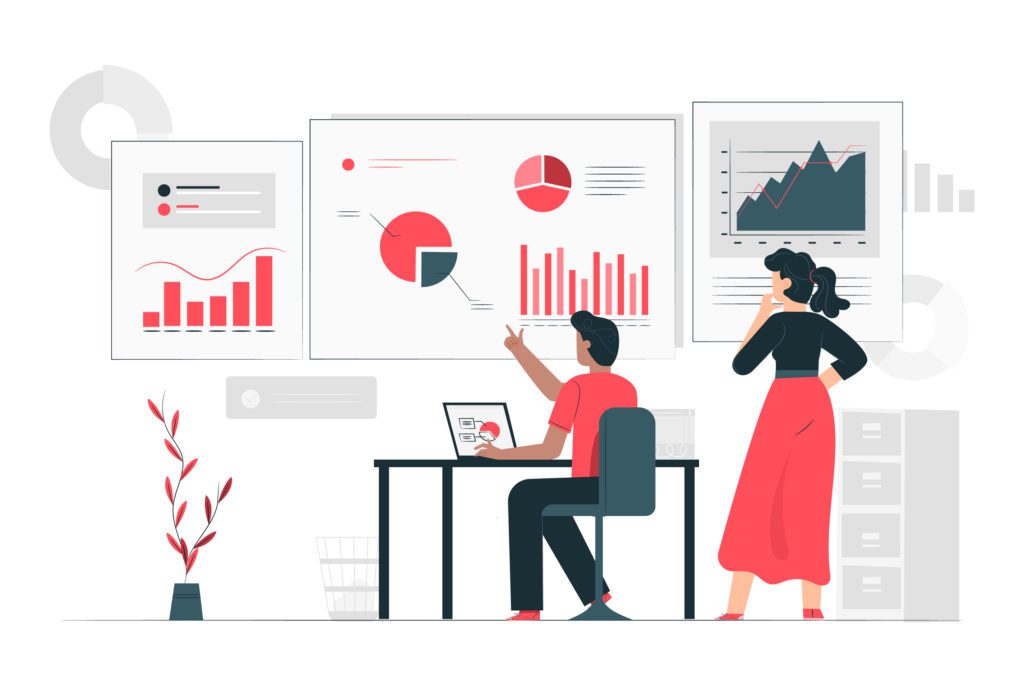
Step 2 – Find a target group & map their journey
While researching the target audience, you also need to learn about different demographics and metrics. These can be such as habits, interests, patterns, education, profession, etc. This will give you a deeper insight into their needs which can be one of the prime success criteria of your startup.
Step 3 – Define the main problem
Once you fully know your target audience, you need to define their pain points and problems. Next, analyze whether your product is solving their problem and providing them the value of their purchase. Analyze your business objectives and define the extra features that are not required to maximize the product’s usability while making it simple and user-friendly.
Step 4 – Offer the potential users the early version of the product
MVP is all about customer validation. The product should meet the customer’s demands and needs. Hence, the MVP should contain the minimum set of features that maximize users’ value. Here, during the MVP launch, the features should be connected to the product’s primary objective focused on usability and user experience.
Step 5 – Collect feedback from users and iterate
After bringing the basic version of the product to the target customers, gather all the customer feedback about the product from them. Next, re-evaluate the product accordingly. After that, adapt and tweak the product according to the user’s needs. Finally, fix the problems by adding or subtracting whatever is necessary. The key here is to improve the market adaptation by eliminating the chances of the uncertainty of the product.

How long will it take to develop an MVP?
The duration to develop an MVP for your startup is determined by the approach and the types of technology used in the process. MVP is also a combination of workshop, prototyping, designing, and developing. Sometimes it could just be a landing page or a video. In general, if it is a custom software development, it is likely to take more time than usual to complete the process and adapt to the market.
How do I Test the Minimum Viable Product?
You can test your MVP with different sources such as social media, landing pages, blogs, and everything related to both online and offline advertising. All you need to do is create your MVP, use it to meet your customer’s needs, gather feedback, and improve the product to its maximum potential.
Conclusion
If you are launching a startup anytime soon, developing an MVP can be a significantly advantageous move. It can prevent the risk of failures of your upcoming startup. It helps to keep the right balance between the usability and efficiency of your product. This innovative approach helps adapt to the current market and match the target customer’s needs and demands. It enhances the product’s chances of success while eliminating any potential risks or drawbacks in the product, making it a more consumer-viable product in the market. Hence, start with your research today and kickstart your MVP development process for the best results in your SaaS startup.
Share This Post
RocketHub Team
The launch crew at RocketHub writes about startup and SaaS growth. Be a fellow Rocketeer and show some love by commenting below with your thoughts on our content.
Table of Contents
Get The Latest Updates
Subscribe To Our Weekly Newsletter
Sign up below to be one of the first crew members onboard and get early access to amazing deals.
Recent Posts


Social Media
Categories
Related Posts

Lifetime Deal Platforms
The best lifetime deal platforms for software. Platforms lik RocketHub scour the web for the highest quality products to bring buyers the best lifetime deals on their platform.

How to Work for Yourself + 13 Solo Business Ideas
Do you ever wonder if being your own boss could truly set you free? In this article, we’ll explore the theory that unleashing entrepreneurial freedom
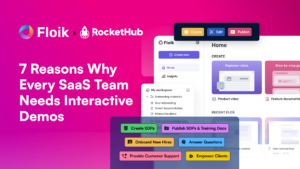
7 Reasons Why Every SaaS Team Needs Interactive Demos
Making a Case for Interactive Demos: 7 Reasons Why Every SaaS Team Needs Them Let me paint a scenario for you. You want to buy

